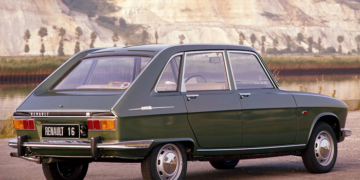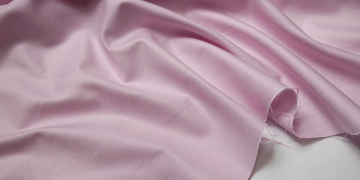You can update the ceilings in the bathroom and in the kitchen in different ways. Someone will prefer to lead them again, the other will stick foam tiles. I decided to try to collect the ceiling from long plastic panels with a convenient connection (on the principle of “groove-cooler”) and low cost with full water resistance.
For this I needed:
The panels of a suitable length themselves;
P-shaped plastic profile, which should close the joints between the panel and the wall;
electrician;
knife -haired carbon on metal;
a metal frame for fastening drywall (the guide profile of the PNP 27/28; the transverse profile PP 60/27; perforated suspensions for their fasteners to the ceiling);
punch;
dowel-driving for fastening a metal profile;
a screwdriver with a magnetic nozzle;
Self -tapping screws with LB 3 beams. 5×16 (“Taxes”); – hydraulicarian (to check horizontal);
built -in lamps and electrical wiring to them.
First of all, I collected a frame for fastening panels (by analogy with the installation of a gypsum plastic ceiling). To do this, he noted on the walls the place of fastening of the guide profile (with the help of a hydraulicarian), and recorded it using the perforator and dowel-stoves. Then he installed a transverse profile (increasing the step from 0, 6 m to 1 m, since plastic is lighter than drywall), while at the same time attaching it to the ceiling with suspensions.
After that, made wiring of electrical wires taking into account new places for installing lamps. Further around the perimeter of the room, I fixed the plastic P-shaped start profile and began to collect the ceiling from separate panels cut to the desired length, inserting them into each other (the main thing is that each panel crosses several metal frame profiles) and fixing with taxes. In several panels (even before they are installed), I gently cut the holes under the lamps.
The most difficult part of the entire work is the installation of the last panel. So that it enters the P-shaped profile, he had to be slightly straightened with a screwdriver.
The final stage: connection and installation of lamps.







